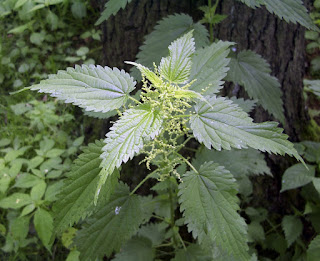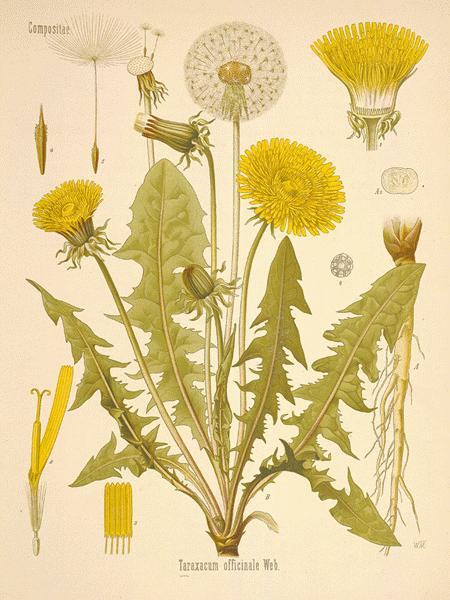As I said in my previous post, Blackberries are EVERYWHERE around here, and honestly they are a pain in the behind to control, so in an effort to make these thorny bad boys pay off we went picking and after about two hours we had about 3 gallons of berries begging to become wine.
The process is fairly simple, and after ordering some champagne yeast from Amazon and an airlock we were well on our way to having Blackberry Vino! We fermented the berries after mashing them with a potato masher in one of our giant stainless steel pots we cook our BBQ sauce in (5 gallon). After several days it was time to strain the fruit and pour the juices into the carboy, we added a little water and a bit of sugar put the airlock in place and let it work. It actually only too about a week for the fermenting to slow down and after a taste test it seemed we were doing it right. So then came the straining, again, a little bit more sugar and poured it all into quart jars. The result was an effervescent wine, yeah bubbly! The balance of yeast and sugar turned out to be just right. Being the frugal guy I am I saved my favorite beer bottles (Black Butte Porter) to bottle our wine in and bought a capper and a gross of caps, knowing full well if this worked out well we will be making our own wine every year. You know what the most difficult part was? Getting the labels off of the beer bottles, good God they use some serious glue to affix their labels on those things. Anyway here is a photo of the finished product.
Ta-DAaaaaaa























